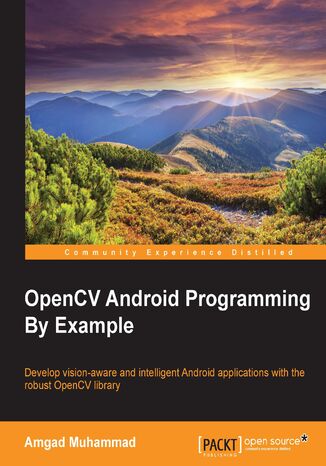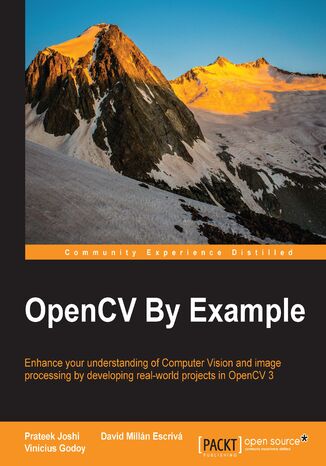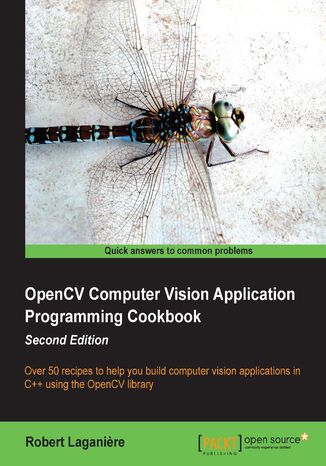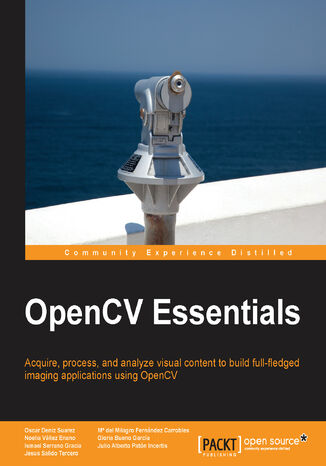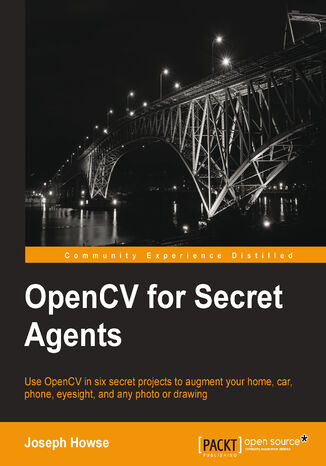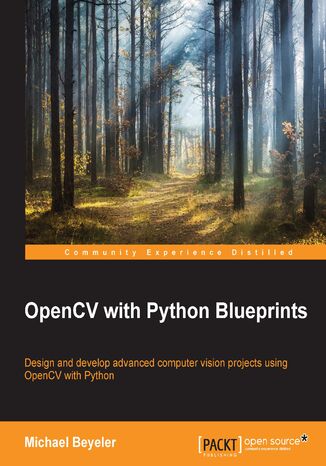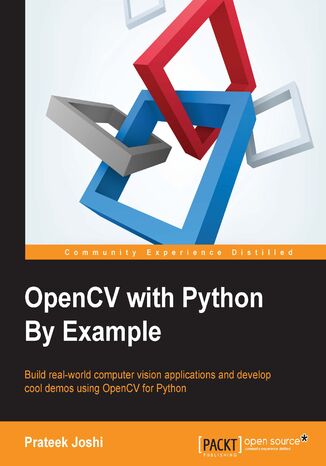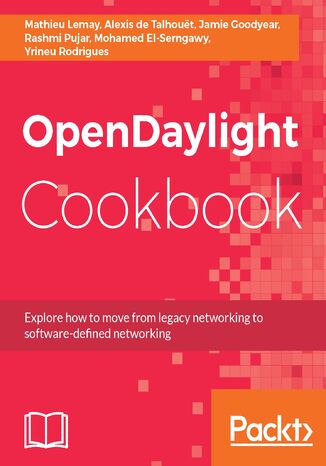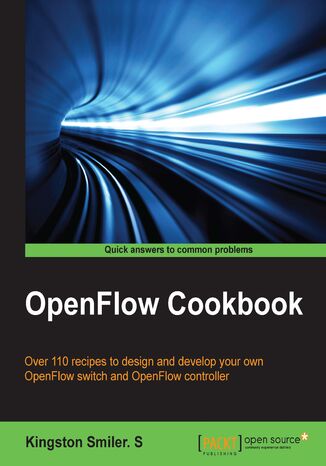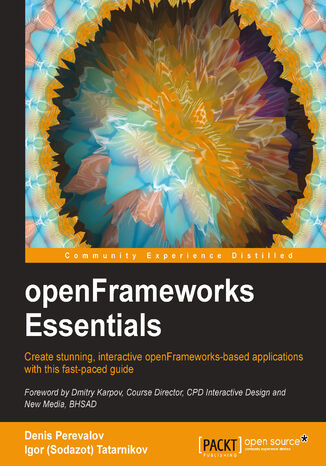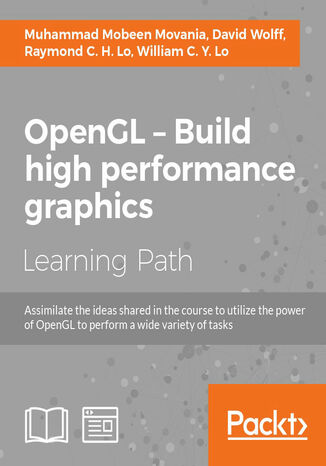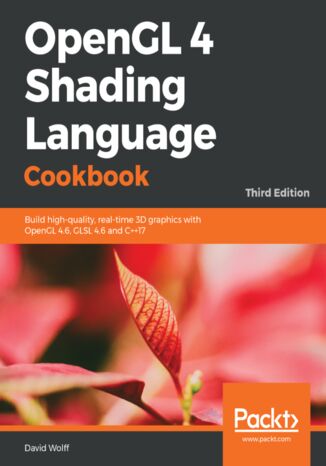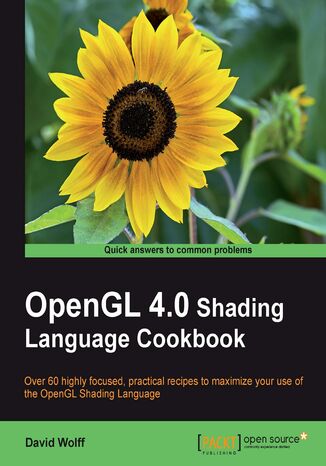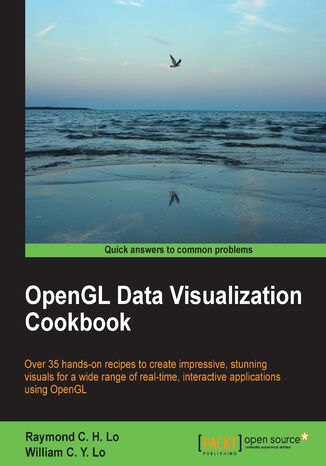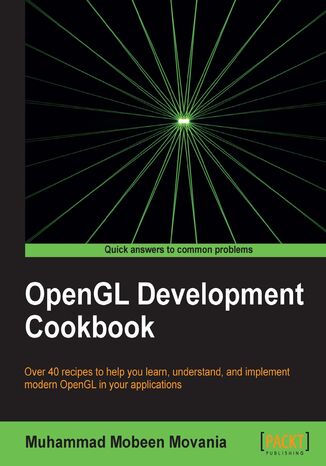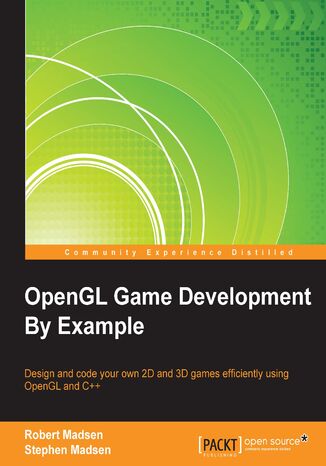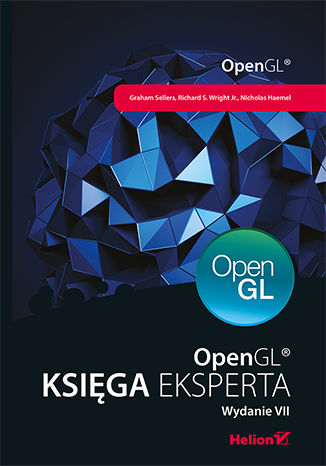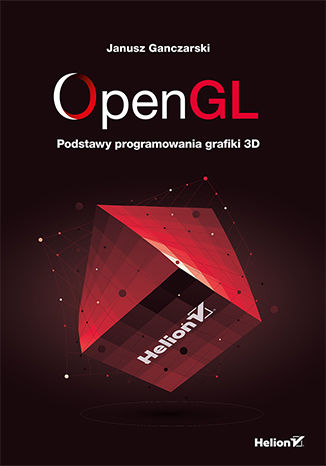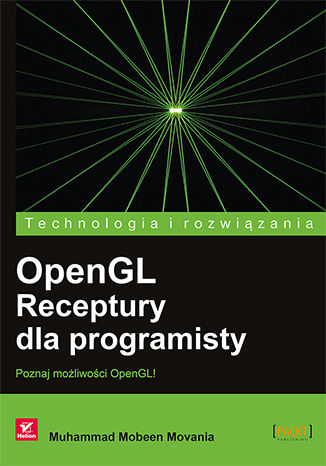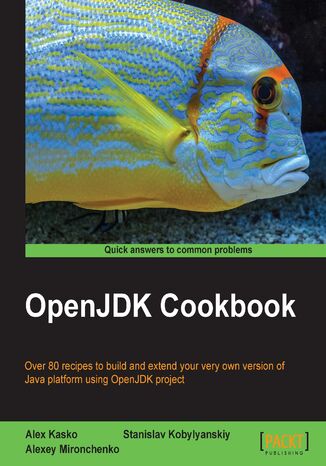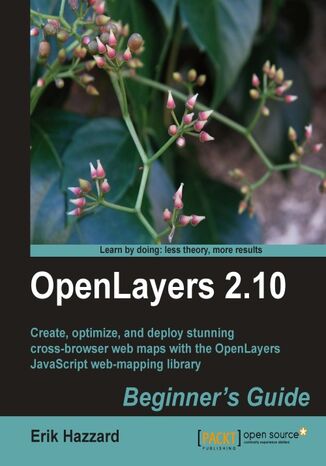Kategorien
-
- Bitcoin
- Geschäftsfrau
- Coaching
- Controlling
- E-Business
- Ökonomie
- Finanzen
- Börse und Investitionen
- Persönliche Kompetenzen
- Computer im Büro
- Kommunikation und Verhandlungen
- Kleines Unternehmen
- Marketing
- Motivation
- Multimedia-Training
- Immobilien
- Überzeugung und NLP
- Steuern
- Sozialpolitik
- Handbȕcher
- Präsentationen
- Führung
- Public Relation
- Berichte, Analysen
- Geheimnis
- Social Media
- Verkauf
- Start-up
- Ihre Karriere
- Management
- Projektmanagement
- Personal (HR)
-
- Architektura i wnętrza
- Sicherheit und Gesundheit am Arbeitsplatz
- Biznes i Ekonomia
- Haus und Garten
- E-Business
- Ekonomia i finanse
- Esoterik
- Finanzen
- Persönliche Finanzen
- Unternehmen
- Fotografie
- Informatik
- HR und Gehaltsabrechnung
- Frauen
- Computer, Excel
- Buchhaltung
- Kultur und Literatur
- Wissenschaftlich und akademisch
- Umweltschutz
- meinungsbildend
- Bildung
- Steuern
- Reisen
- Psychologie
- Religion
- Landwirtschaft
- Buch- und Pressemarkt
- Transport und Spedition
- Gesundheit und Schönheit
-
- Office-Programme
- Datenbank
- Bioinformatik
- IT Branche
- CAD/CAM
- Digital Lifestyle
- DTP
- Elektronik
- Digitale Fotografie
- Computergrafik
- Spiele
- Hacking
- Hardware
- IT w ekonomii
- Wissenschaftliche Pakete
- Schulbücher
- Computergrundlagen
- Programmierung
- Mobile-Programmierung
- Internet-Server
- Computernetzwerke
- Start-up
- Betriebssysteme
- Künstliche Inteligenz
- Technik für Kinder
- Webmaster
-
- Anthologien
- Ballade
- Biografien und Autobiografien
- Für Erwachsene
- Drama
- Tagebücher, Memoiren, Briefe
- Epos
- Essay
- Science Fiction
- Felietonys
- Fiktion
- Humor, Satire
- Andere
- Klassisch
- Krimi
- Sachbücher
- Belletristik
- Mity i legendy
- Nobelpreisträger
- Kurzgeschichten
- Gesellschaftlich
- Okultyzm i magia
- Erzählung
- Erinnerungen
- Reisen
- Gedicht
- Poesie
- Politik
- Populärwissenschaftlich
- Roman
- Historischer Roman
- Prosa
- Abenteuer
- Journalismus
- Reportage
- Romans i literatura obyczajowa
- Sensation
- Thriller, Horror
- Interviews und Erinnerungen
-
- Archäologie
- Bibliotekoznawstwo
- Filmwissenschaft
- Philologie
- Polnische Philologie
- Philosophie
- Finanse i bankowość
- Erdkunde
- Wirtschaft
- Handel. Weltwirtschaft
- Geschichte und Archäologie
- Kunst- und Architekturgeschichte
- Kulturwissenschaft
- Linguistik
- Literaturwissenschaft
- Logistik
- Mathematik
- Medizin
- Geisteswissenschaften
- Pädagogik
- Lehrmittel
- Populärwissenschaftlich
- Andere
- Psychologie
- Soziologie
- Theatrologie
- Teologie
- Theorien und Wirtschaftswissenschaften
- Transport i spedycja
- Sportunterricht
- Zarządzanie i marketing
-
- Sicherheit und Gesundheit am Arbeitsplatz
- Geschichte
- Verkehrsregeln. Führerschein
- Rechtswissenschaften
- Gesundheitswesen
- Allgemeines. Wissenskompendium
- akademische Bücher
- Andere
- Bau- und Wohnungsrecht
- Zivilrecht
- Finanzrecht
- Wirtschaftsrecht
- Wirtschafts- und Handelsrecht
- Strafrecht
- Strafrecht. Kriminelle Taten. Kriminologie
- Internationales Recht
- Internationales und ausländisches Recht
- Gesundheitsschutzgesetz
- Bildungsrecht
- Steuerrecht
- Arbeits- und Sozialversicherungsrecht
- Öffentliches, Verfassungs- und Verwaltungsrecht
- Familien- und Vormundschaftsrecht
- Agrarrecht
- Sozialrecht, Arbeitsrecht
- EU-Recht
- Industrie
- Agrar- und Umweltschutz
- Wörterbücher und Enzyklopädien
- Öffentliche Auftragsvergabe
- Management
-
- Afrika
- Alben
- Südamerika
- Mittel- und Nordamerika
- Australien, Neuseeland, Ozeanien
- Österreich
- Asien
- Balkan
- Naher Osten
- Bulgarien
- China
- Kroatien
- Tschechische Republik
- Dänemark
- Ägypten
- Estland
- Europa
- Frankreich
- Berge
- Griechenland
- Spanien
- Niederlande
- Island
- Litauen
- Lettland
- Mapy, Plany miast, Atlasy
- Miniführer
- Deutschland
- Norwegen
- Aktive Reisen
- Polen
- Portugal
- Andere
- Przewodniki po hotelach i restauracjach
- Russland
- Rumänien
- Slowakei
- Slowenien
- Schweiz
- Schweden
- Welt
- Türkei
- Ukraine
- Ungarn
- Großbritannien
- Italien
-
- Lebensphilosophien
- Kompetencje psychospołeczne
- zwischenmenschliche Kommunikation
- Mindfulness
- Allgemeines
- Überzeugung und NLP
- Akademische Psychologie
- Psychologie von Seele und Geist
- Arbeitspsychologie
- Relacje i związki
- Elternschafts- und Kinderpsychologie
- Problemlösung
- Intellektuelle Entwicklung
- Geheimnis
- Sexualität
- Verführung
- Aussehen ind Image
- Lebensphilosophien
-
- Bitcoin
- Geschäftsfrau
- Coaching
- Controlling
- E-Business
- Ökonomie
- Finanzen
- Börse und Investitionen
- Persönliche Kompetenzen
- Kommunikation und Verhandlungen
- Kleines Unternehmen
- Marketing
- Motivation
- Immobilien
- Überzeugung und NLP
- Steuern
- Sozialpolitik
- Handbȕcher
- Präsentationen
- Führung
- Public Relation
- Geheimnis
- Social Media
- Verkauf
- Start-up
- Ihre Karriere
- Management
- Projektmanagement
- Personal (HR)
-
- Anthologien
- Ballade
- Biografien und Autobiografien
- Für Erwachsene
- Drama
- Tagebücher, Memoiren, Briefe
- Epos
- Essay
- Science Fiction
- Felietonys
- Fiktion
- Humor, Satire
- Andere
- Klassisch
- Krimi
- Sachbücher
- Belletristik
- Mity i legendy
- Nobelpreisträger
- Kurzgeschichten
- Gesellschaftlich
- Okultyzm i magia
- Erzählung
- Erinnerungen
- Reisen
- Poesie
- Politik
- Populärwissenschaftlich
- Roman
- Historischer Roman
- Prosa
- Abenteuer
- Journalismus
- Reportage
- Romans i literatura obyczajowa
- Sensation
- Thriller, Horror
- Interviews und Erinnerungen
-
- Archäologie
- Philosophie
- Wirtschaft
- Handel. Weltwirtschaft
- Geschichte und Archäologie
- Kunst- und Architekturgeschichte
- Kulturwissenschaft
- Literaturwissenschaft
- Mathematik
- Medizin
- Geisteswissenschaften
- Pädagogik
- Lehrmittel
- Populärwissenschaftlich
- Andere
- Psychologie
- Soziologie
- Teologie
- Zarządzanie i marketing
-
- Lebensphilosophien
- zwischenmenschliche Kommunikation
- Mindfulness
- Allgemeines
- Überzeugung und NLP
- Akademische Psychologie
- Psychologie von Seele und Geist
- Arbeitspsychologie
- Relacje i związki
- Elternschafts- und Kinderpsychologie
- Problemlösung
- Intellektuelle Entwicklung
- Geheimnis
- Sexualität
- Verführung
- Aussehen ind Image
- Lebensphilosophien
Amgad Muhammad, Erik Hellman, Erik A Westenius, Amgad M Ahmed Muhammad
Starting from the basics of computer vision and OpenCV, we'll take you all the way to creating exciting applications. You will discover that, though computer vision is a challenging subject, the ideas and algorithms used are simple and intuitive, and you will appreciate the abstraction layer that OpenCV uses to do the heavy lifting for you. Packed with many examples, the book will help you understand the main data structures used within OpenCV, and how you can use them to gain performance boosts. Next we will discuss and use several image processing algorithms such as histogram equalization, filters, and color space conversion. You then will learn about image gradients and how they are used in many shape analysis techniques such as edge detection, Hough Line Transform, and Hough Circle Transform. In addition to using shape analysis to find things in images, you will learn how to describe objects in images in a more robust way using different feature detectors and descriptors. By the end of this book, you will be able to make intelligent decisions using the famous Adaboost learning algorithm.
Prateek Joshi, David Millán Escrivá, Vinícius G. Mendonça
Open CV is a cross-platform, free-for-use library that is primarily used for real-time Computer Vision and image processing. It is considered to be one of the best open source libraries that helps developers focus on constructing complete projects on image processing, motion detection, and image segmentation.Whether you are completely new to the concept of Computer Vision or have a basic understanding of it, this book will be your guide to understanding the basic OpenCV concepts and algorithms through amazing real-world examples and projects.Starting from the installation of OpenCV on your system and understanding the basics of image processing, we swiftly move on to creating optical flow video analysis or text recognition in complex scenes, and will take you through the commonly used Computer Vision techniques to build your own Open CV projects from scratch.By the end of this book, you will be familiar with the basics of Open CV such as matrix operations, filters, and histograms, as well as more advanced concepts such as segmentation, machine learning, complex video analysis, and text recognition.
OpenCV: Computer Vision Projects with Python. Develop computer vision applications with OpenCV
Michael Beyeler, Prateek Joshi, Joseph Howse
OpenCV is a state-of-art computer vision library that allows a great variety of image and video processing operations. OpenCV for Python enables us to run computer vision algorithms in real time.This learning path proposes to teach the following topics. First, we will learn how to get started with OpenCV and OpenCV3’s Python API, and develop a computer vision application that tracks body parts. Then, we will build amazing intermediate-level computer vision applications such as making an object disappear from an image, identifying different shapes, reconstructing a 3D map from images , and building an augmented reality application, Finally, we’ll move to more advanced projects such as hand gesture recognition, tracking visually salient objects, as well as recognizing traffic signs and emotions on faces using support vector machines and multi-layer perceptrons respectively. This Learning Path combines some of the best that Packt has to offer in one complete, curated package. It includes content from the following Packt products:• OpenCV Computer Vision with Python by Joseph Howse • OpenCV with Python By Example by Prateek Joshi• OpenCV with Python Blueprints by Michael Beyeler
OpenDaylight Cookbook. Deploy and operate software-defined networking in your organization
Alexis de Talhouët, Mathieu Lemay, Mohamed Elserngawy, Jamie Goodyear, ...
OpenDaylight is an open source platform to program and build Software-Defined Networks (SDN). Its aim is to accelerate the adoption of SDN and NFV. With above 90 practical recipes, this book will help you to solve day-to-day problems and maintenance tasks surrounding OpenDaylight’s implementation.This book starts with the OpenDaylight fundamentals. In this book, you will gain a sound understanding of the methods and techniques when deploying OpenDaylight in production environment. Later on, you will learn to create a Service Chain using SFC. This book will address common problems and day-to-day maintenance tasks with OpenDaylight. We’ll also will teach you how to interact with OpenDaylight APIs and use the necessary tools to simulate networks. You will also explore how to create your own branded OpenDaylight along with authorising and authenticating users using OpenDaylight Identity Manager.By the end of this book, you will have the necessary skills to operate an OpenDaylight SDN environment.
William Lo, Muhammad Mobeen Movania, Raymond Chun Hing Lo
OpenGL is a fully functional, cross-platform API widely adopted across the industry for 2D and 3D graphics development. It is mainly used for game development and applications, but is equally popular in a vast variety of additional sectors. This practical course will help you gain proficiency with OpenGL and build compelling graphics for your games and applications. OpenGL Development Cookbook – This is your go-to guide to learn graphical programming techniques and implement 3D animations with OpenGL. This straight-talking Cookbook is perfect for intermediate C++ programmers who want to exploit the full potential of OpenGL. Full of practical techniques for implementing amazing computer graphics and visualizations using OpenGL. OpenGL 4.0 Shading Language Cookbook, Second Edition – With Version 4, the language has been further refined to provide programmers with greater power and flexibility, with new stages such as tessellation and compute. OpenGL Shading Language 4 Cookbook is a practical guide that takes you from the fundamentals of programming with modern GLSL and OpenGL, through to advanced techniques.OpenGL Data Visualization Cookbook - This easy-to-follow, comprehensive Cookbook shows readers how to create a variety of real-time, interactive data visualization tools. Each topic is explained in a step-by-step format. A range of hot topics is included, including stereoscopic 3D rendering and data visualization on mobile/wearable platforms. By the end of this guide, you will be equipped with the essential skills to develop a wide range of impressive OpenGL-based applications for your unique data visualization needs.This Learning Path combines some of the best that Packt has to offer in one complete, curated package. It includes content from the following Packt products, OpenGL Development Cookbook by Muhammad Mobeen Movania, OpenGL 4.0 Shading Language Cookbook, Second Edition by David Wolff, OpenGL Data Visualization Cookbook by Raymond C. H. Lo, William C. Y. Lo
OpenGL Shading Language (GLSL) is a programming language used for customizing parts of the OpenGL graphics pipeline that were formerly fixed-function, and are executed directly on the GPU. It provides programmers with unprecedented flexibility for implementing effects and optimizations utilizing the power of modern GPUs. With Version 4, the language has been further refined to provide programmers with greater power and flexibility, with new stages such as tessellation and compute.OpenGL 4 Shading Language Cookbook provides easy-to-follow examples that first walk you through the theory and background behind each technique, and then go on to provide and explain the GLSL and OpenGL code needed to implement it. Beginner level through to advanced techniques are presented including topics such as texturing, screen-space techniques, lighting, shading, tessellation shaders, geometry shaders, compute shaders, and shadows.OpenGL Shading Language 4 Cookbook is a practical guide that takes you from the fundamentals of programming with modern GLSL and OpenGL, through to advanced techniques. The recipes build upon each other and take you quickly from novice to advanced level code.You'll see essential lighting and shading techniques; examples that demonstrate how to make use of textures for a wide variety of effects and as part of other techniques; examples of screen-space techniques including HDR rendering, bloom, and blur; shadowing techniques; tessellation, geometry, and compute shaders; how to use noise effectively; and animation with particle systems.OpenGL Shading Language 4 Cookbook provides examples of modern shading techniques that can be used as a starting point for programmers to expand upon to produce modern, interactive, 3D computer graphics applications.
OpenGL 4 Shading Language Cookbook, Third Edition provides easy-to-follow recipes that first walk you through the theory and background behind each technique, and then proceed to showcase and explain the GLSL and OpenGL code needed to implement them.The book begins by familiarizing you with beginner-level topics such as compiling and linking shader programs, saving and loading shader binaries (including SPIR-V), and using an OpenGL function loader library. We then proceed to cover basic lighting and shading effects. After that, you'll learn to use textures, produce shadows, and use geometry and tessellation shaders. Topics such as particle systems, screen-space ambient occlusion, deferred rendering, depth-based tessellation, and physically based rendering will help you tackle advanced topics.OpenGL 4 Shading Language Cookbook, Third Edition also covers advanced topics such as shadow techniques (including the two of the most common techniques: shadow maps and shadow volumes). You will learn how to use noise in shaders and how to use compute shaders.The book provides examples of modern shading techniques that can be used as a starting point for programmers to expand upon to produce modern, interactive, 3D computer-graphics applications.
The OpenGL Shading Language (GLSL) is a programming language used for customizing parts of the OpenGL graphics pipeline that were formerly fixed-function, and are executed directly on the GPU. It provides programmers with unprecedented flexibility for implementing effects and optimizations utilizing the power of modern GPUs. With version 4.0, the language has been further refined to provide programmers with greater flexibility, and additional features have been added such as an entirely new stage called the tessellation shader.The OpenGL Shading Language 4.0 Cookbook provides easy-to-follow examples that first walk you through the theory and background behind each technique then go on to provide and explain the GLSL and OpenGL code needed to implement it. Beginning level through to advanced techniques are presented including topics such as texturing, screen-space techniques, lighting, shading, tessellation shaders, geometry shaders, and shadows.The OpenGL Shading Language 4.0 Cookbook is a practical guide that takes you from the basics of programming with GLSL 4.0 and OpenGL 4.0, through basic lighting and shading techniques, to more advanced techniques and effects. It presents techniques for producing basic lighting and shading effects; examples that demonstrate how to make use of textures for a wide variety of effects and as part of other techniques; examples of screen-space techniques, shadowing, tessellation and geometry shaders, noise, and animation.The OpenGL Shading Language 4.0 Cookbook provides examples of modern shading techniques that can be used as a starting point for programmers to expand upon to produce modern, interactive, 3D computer graphics applications.
William Lo, Raymond Chun Hing Lo
OpenGL is a great multi-platform, cross-language, and hardware-accelerated graphics interface for visualizing large 2D and 3D datasets. Data visualization has become increasingly challenging using conventional approaches as datasets become larger and larger, especially with the Big Data evolution. From a mobile device to a sophisticated high-performance computing cluster, OpenGL libraries provide developers with an easy-to-use interface to create stunning visuals in 3D in real time for a wide range of interactive applications.This book provides a series of easy-to-follow, hands-on tutorials to create appealing OpenGL-based visualization tools with minimal development time. We will first illustrate how to quickly set up the development environment in Windows, Mac OS X, and Linux. Next, we will demonstrate how to visualize data for a wide range of applications using OpenGL, starting from simple 2D datasets to increasingly complex 3D datasets with more advanced techniques. Each chapter addresses different visualization problems encountered in real life and introduces the relevant OpenGL features and libraries in a modular fashion.By the end of this book, you will be equipped with the essential skills to develop a wide range of impressive OpenGL-based applications for your unique data visualization needs, on platforms ranging from conventional computers to the latest mobile/wearable devices.
OpenGL is the leading cross-language, multi-platform API used by masses of modern games and applications in a vast array of different sectors. Developing graphics with OpenGL lets you harness the increasing power of GPUs and really take your visuals to the next level.OpenGL Development Cookbook is your guide to graphical programming techniques to implement 3D mesh formats and skeletal animation to learn and understand OpenGL.OpenGL Development Cookbook introduces you to the modern OpenGL. Beginning with vertex-based deformations, common mesh formats, and skeletal animation with GPU skinning, and going on to demonstrate different shader stages in the graphics pipeline. OpenGL Development Cookbook focuses on providing you with practical examples on complex topics, such as variance shadow mapping, GPU-based paths, and ray tracing. By the end you will be familiar with the latest advanced GPU-based volume rendering techniques.
OpenGL is one of the most popular rendering SDKs used to develop games. OpenGL has been used to create everything from 3D masterpieces running on desktop computers to 2D puzzles running on mobile devices. You will learn to apply both 2D and 3D technologies to bring your game idea to life. There is a lot more to making a game than just drawing pictures and that is where this book is unique! It provides a complete tutorial on designing and coding games from the setup of the development environment to final credits screen, through the creation of a 2D and 3D game.The book starts off by showing you how to set up a development environment using Visual Studio, and create a code framework for your game. It then walks you through creation of two games–a 2D platform game called Roboracer 2D and a 3D first-person space shooter game–using OpenGL to render both 2D and 3D graphics using a 2D coordinate system. You'll create sprite classes, render sprites and animation, and navigate and control the characters. You will also learn how to implement input, use audio, and code basic collision and physics systems. From setting up the development environment to creating the final credits screen, the book will take you through the complete journey of creating a game engine that you can extend to create your own games.
OpenGL. Księga eksperta. Wydanie VII
Nicholas Haemel, Graham Sellers
Biblioteka OpenGL jest potężnym systemem graficznym, doskonałym API do generowania grafiki trójwymiarowej w czasie rzeczywistym. System ten nadaje się znakomicie do wizualizacji wszelkiego rodzaju odwzorowań zjawisk fizycznych czy obiektów technicznych, a także do przedstawiania symulacji ze zmieniającymi się parametrami. Często jest wykorzystywany do pisania gier komputerowych. Daje możliwość tworzenia świetnej grafiki na wiele różnych platform z wykorzystaniem tych samych zestawów instrukcji. Co ważne, OpenGL jest całkowicie darmową biblioteką, a dostępność licznych rozszerzeń znakomicie zwiększa wachlarz jej zastosowań. Niniejsza książka stanowi doskonałe wprowadzenie w tematykę OpenGL dla każdego programisty, nawet dla osób niezbyt biegłych w zagadnieniach grafiki komputerowej. Zawiera opis całego głównego API, kluczowych rozszerzeń i wszystkich typów shaderów z uwzględnieniem najnowszych elementów biblioteki. Wyjaśniono tu zasady działania OpenGL i opisano zagadnienia potoków graficznych. Stopniowo czytelnik jest zaznajamiany z coraz bardziej złożonymi technikami. W książce znalazły się liczne przykłady kodu działającego na kilku popularnych platformach. Warto podkreślić, że autorzy poza API przedstawili również najlepsze praktyki programistyczne. W tej książce opisano między innymi: podstawy (w tym matematyczne) grafiki 3D czasu rzeczywistego najważniejsze techniki renderowania, przekształcania i teksturowania obiektów shadery i język GLSL (OpenGL Shading Language) kwestie zarządzania danymi i kontroli dostępu do tych danych techniki budowania większych aplikacji i wdrażania ich na wielu platformach rendering zaawansowany: symulację oświetlenia i efekty artystyczne sposoby poprawiania wydajności, redukcji narzutu CPU i analizy zachowania GPU nowości w OpenGL, takie jak kompresja tekstur, rysowanie tekstu, rendering czcionek za pomocą pól odległości, wysokiej jakości filtrowanie tekstur i użycie OpenMP OpenGL? Kreatywnych ogranicza tylko wyobraźnia!
OpenGL. Podstawy programowania grafiki 3D
OpenGL na scenę! Podstawy OpenGL, czyli co trzeba wiedzieć, żeby zacząć tworzyć grafikę trójwymiarową przy użyciu tej biblioteki Programowanie w Open GL, czyli jakie elementy należy wziąć pod uwagę przy tworzeniu realistycznego obrazu Bez matmy ani rusz, czyli jak zaprząc geometrię i arytmetykę do pracy przy scenie Darmowa biblioteka OpenGL jest świetnym narzędziem do tworzenia grafiki trójwymiarowej na różnych platformach sprzętowych i w różnych systemach operacyjnych. Jej legendarne możliwości, doskonalone od 1992 roku do dziś, znakomicie sprawdzają się na przykład w grach komputerowych. Z kolei otwarty interfejs programistyczny pozwolił na zbudowanie wokół niej mnóstwa narzędzi uzupełniających i rozszerzeń, które przydadzą się każdemu użytkownikowi pragnącemu wykreować swój własny świat w formacie 3D. Jeśli masz ochotę spróbować sił w programowaniu grafiki i zobaczyć na ekranie to, co na razie pozostaje jedynie w Twojej wyobraźni, ta książka pomoże Ci zrealizować cel. Dowiesz się z niej, jak zbudowana jest biblioteka, jakie zasady rządzą pisaniem programów w OpenGL oraz do czego służą obiekty i co możesz z nimi zrobić. Nauczysz się przekształcać scenę, budować modele oświetlenia i obsługiwać tekstury. Poznasz różne rodzaje buforów i zobaczysz, na czym polega antyaliasing. Odkryjesz też, jak przetwarzać geometrię obiektów i jak tworzyć realistyczne cienie. W dodatkach do książki znajdziesz natomiast informacje, które pomogą Ci rozpocząć pracę z tą biblioteką. Poznaj OpenGL i zachwyć świat swoimi grafikami! Co to jest OpenGL? Historia i perspektywy OpenGL Pierwszy program Rzutowanie i transformacje Cieniowanie i oświetlenie Tekstury i antyaliasing Zaawansowane przekształcanie geometrii Cienie Odwzorowanie środowiska i nierówności powierzchni Rozszerzenia Macierze i wektory Język GLSL Wykreuj swój świat z OpenGL!
OpenGL. Receptury dla programisty
Ponad 40 gotowych przepisów pokazujących możliwości zastosowania biblioteki OpenGL w nowoczesnych aplikacjach OpenGL dostarcza programistom API do renderowania zaawansowanych grafik i animacji. To oprogramowanie umożliwia im tworzenie niezwykle atrakcyjnych gier, prezentacji oraz efektów graficznych. Jeżeli chcesz poznać możliwości OpenGL, jeżeli szukasz odpowiedzi na nurtujące Cię pytania, to trafiłeś na świetną książkę! Znajdziesz w niej zbiór receptur cenionych przez programistów. Dzięki nim błyskawicznie rozwiążesz typowe problemy oraz zobaczysz, jak podejść do przeróżnych zagadnień związanych z OpenGL. Sięgnij po tę lekturę, a nauczysz się wybierać obiekty na podstawie ich różnych właściwości, mapować środowisko, filtrować obraz oraz tworzyć realne scenerie za pomocą odpowiedniej gry światła i cienia. Ponadto zobaczysz, jak śledzić promienie, ścieżki oraz tworzyć animacje szkieletowe i symulacje fizyczne. Ta książka to kopalnia najlepszych przepisów na wykorzystanie OpenGL! Na licznych przykładach poznasz zasady: tworzenia renderingowego kontekstu w OpenGL 3.3, operowania wirtualną kamerą i wskazywania obiektów w scenie 3D, symulowania odbić lustrzanych za pomocą renderowania pozaekranowego i mapowania środowiska, stosowania technik mapowania cieni włącznie z mapowaniem wariancyjnym, implementowania systemów cząsteczkowych przy użyciu shaderów, realizacji globalnego oświetlenia w oparciu o GPU i z użyciem harmonik sferycznych oraz SSAO, symulowania przezroczystości metodami bazującymi na dualnym peelingu głębi, wykonywania renderingów wolumetrycznych metodą cięcia połówkowokątowego i symulacji fizycznych z transformacyjnym sprzężeniem zwrotnym. Najlepsze przepisy na OpenGL!
Peter J. Langley, Antonio Santiago Perez
OpenLayers 3 is one of the most important and complete open source JavaScript mapping libraries today. Throughout this book, you will go through recipes that expose various features of OpenLayers 3, allowing you to gain an insight into building complex GIS web applications.You will get to grips with the basics of creating a map with common functionality and quickly advance to more complicated solutions that address modern challenges. You will explore into maps, raster and vector layers, and styling in depth. This book also includes problem solving and how-to recipes for the most common and important tasks.

